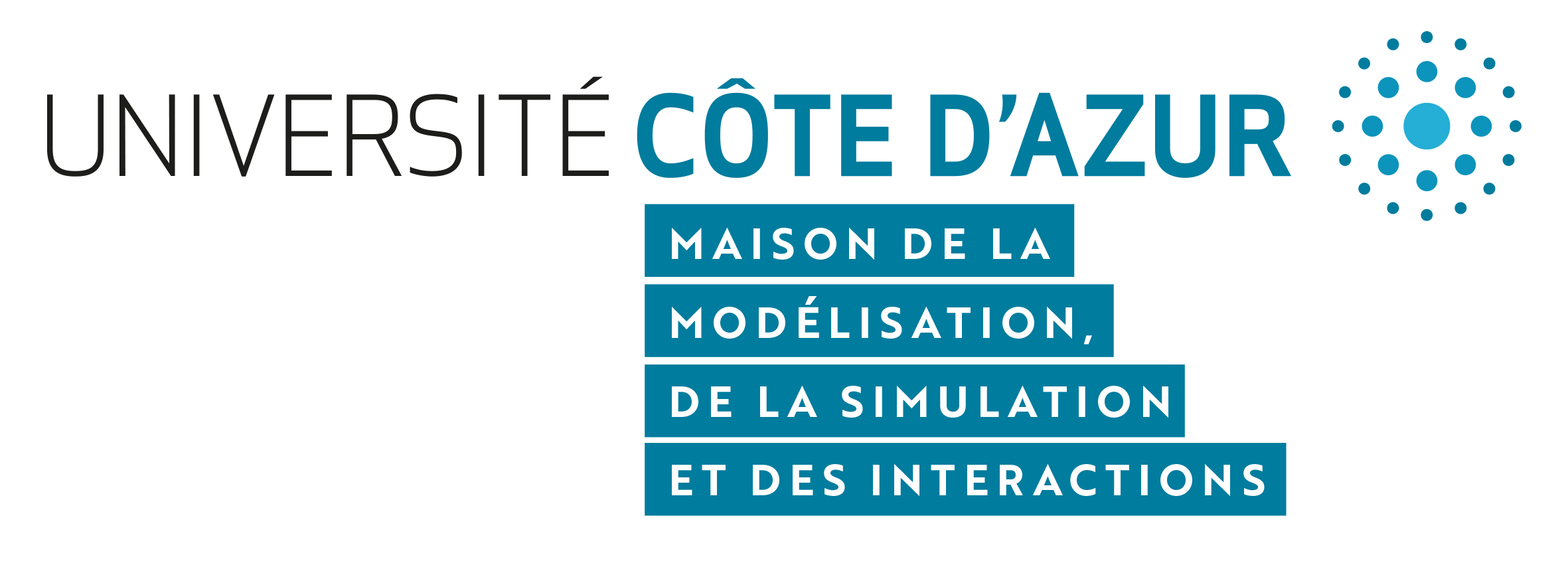DAWIS
Detection Algorithm with Wavelets for Intracluster light Studies
Galaxy clusters, the largest gravitationally bound structures in the Universe, are fundamental to understanding the formation and evolution of large-scale cosmic structures.A key tracer of this evolution is the intracluster light (ICL) — a diffuse halo composed of stars stripped from galaxies during gravitational interactions, serving as a fossil record of past dynamical events.
The Euclid space telescope provides an unprecedented dataset of deep photometric observations, enabling new advances in low-surface-brightness astronomy and, consequently, in the study of the ICL. However, its initial observations — notably of the Perseus and Abell 2390 clusters (Kluge et al. 2025; Ellien et al. 2025) — have revealed a major challenge: contamination by foreground Galactic cirrus, which affects the low-surface-brightness signal and is expected to impact a significant portion of the Euclid survey.
The DAWIS project (Detection Algorithm with Wavelets for Intracluster Light Studies) is designed to achieve the comprehensive detection, separation, and modeling of all components present in astrophysical images — from the brightest foreground stars to the faintest diffuse structures such as the ICL and Galactic cirrus.
Based on an iterative multi-scale wavelet analysis, the algorithm decomposes each contribution into physically motivated components, enabling a consistent and robust modeling framework.
One of the central challenges of DAWIS lies in extending this computationally intensive methodology to an unprecedented volume of data: current forecasts predict approximately 80,000 Euclid clusters with measurable ICL (Bellhouse et al. 2025). The scientific return is expected to be exceptional, as ICL has never before been systematically detected and characterized across such a large and homogeneous sample, paving the way for novel statistical analyses of galaxy cluster evolution.
Project Leader
Amaël Ellien, CNES Postdoctoral Researcher, J.-L. Lagrange Laboratory, OCA – Côte d’Azur Observatory.
Participants
Mohammed Bouziane, MSI Engineer, Université Côte d’Azur.
Eric Slezak, Astronomer, J.-L. Lagrange Laboratory, OCA – Côte d’Azur Observatory.
Eric Slezak, Astronomer, J.-L. Lagrange Laboratory, OCA – Côte d’Azur Observatory.
![From left to right: Euclid Early Release Observations (ERO) of the galaxy cluster Abell 2390 and its ICL [CREDIT ESA/Euclid/Euclid Consortium/NASA, image processing by J.-C. Cuillandre (CEA Paris-Saclay), G. Anselmi LICENCE CC BY-SA 3.0 IGO]; 3D represent](https://msi.univ-cotedazur.eu/medias/photo/dawis-amael-ellien-image_1762526298697-png?ID_FICHE=1291400)

